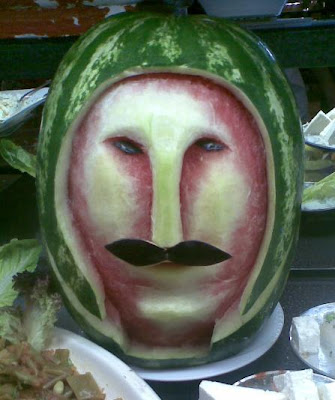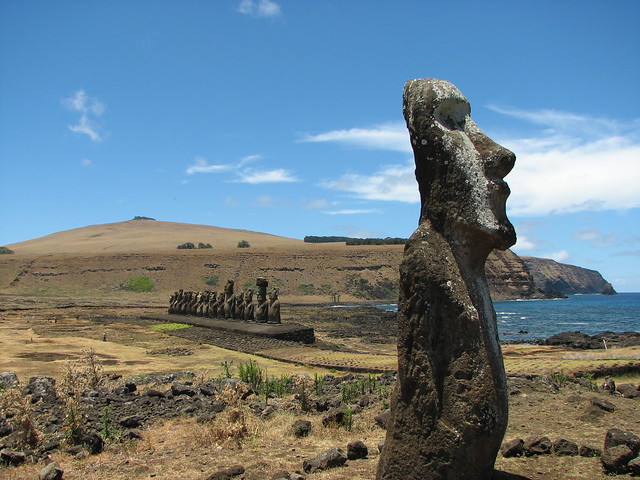http://www.crocodilekruger.co.za/
 Crocodile Kruger Safari Lodge
is aptly situated on the banks of the Crocodile River, overlooking the
Kruger National Park, offering both the leisure and corporate client a
gateway to the regions' many tourist attractions.
Crocodile Kruger Safari Lodge
is aptly situated on the banks of the Crocodile River, overlooking the
Kruger National Park, offering both the leisure and corporate client a
gateway to the regions' many tourist attractions.In addition to the professional big 5 game viewing experiences on offer in the Kruger National Park, the Crocodile Kruger Safari Lodge is uniquely positioned to further afford its visitors the opportunity to experience day trips to the Panorama Route, Swaziland and Mozambique.
 The double storey thatch roofed lodge offers six luxury en-suite, air-conditioned double bedrooms with sleeperwood furniture.
The double storey thatch roofed lodge offers six luxury en-suite, air-conditioned double bedrooms with sleeperwood furniture.Each room at Crocodile Kruger Safari Lodge offers a view of the river and bushveld and breathes rest and comfort. The lower deck accommodates a dining area where breakfast can be enjoyed while overlooking the swimming pool and the upper verandah is equipped with comfortable chairs and a bar for the thirsty, with spectacular views overlooking the river and Kruger National Park.
Dining at night takes place under the stars in summer or next to an open fire on the chilly winter nights.
Location
 Crocodile
Kruger Safari Lodge is situated In Marloth Park Nature Reserve
approximately 420 km from Pretoria and Johannesburg , 60 km from Kruger
Mpumalanga International Airport and 100 km from Maputo.
Crocodile
Kruger Safari Lodge is situated In Marloth Park Nature Reserve
approximately 420 km from Pretoria and Johannesburg , 60 km from Kruger
Mpumalanga International Airport and 100 km from Maputo.Directions
From Pretoria and Johannesburg take the N4 East . Continue on the N4 past Nelspruit and Malelane until 10 km after Hectorspruit. Take the Marloth Park turnoff and travel on the good gravel road into the reserve (approximately 8 km). After entering the Reserve (Tar Road) travel past Kudu Road and then turn left into Crocodile Road. There will be a fork in the Road, keep right in Crocodile Road. Drive down to the River and Kruger Park boundary. The road will turn right. The Lodge is situated on your right hand side at No. 442 Crocodile Road.d.












































